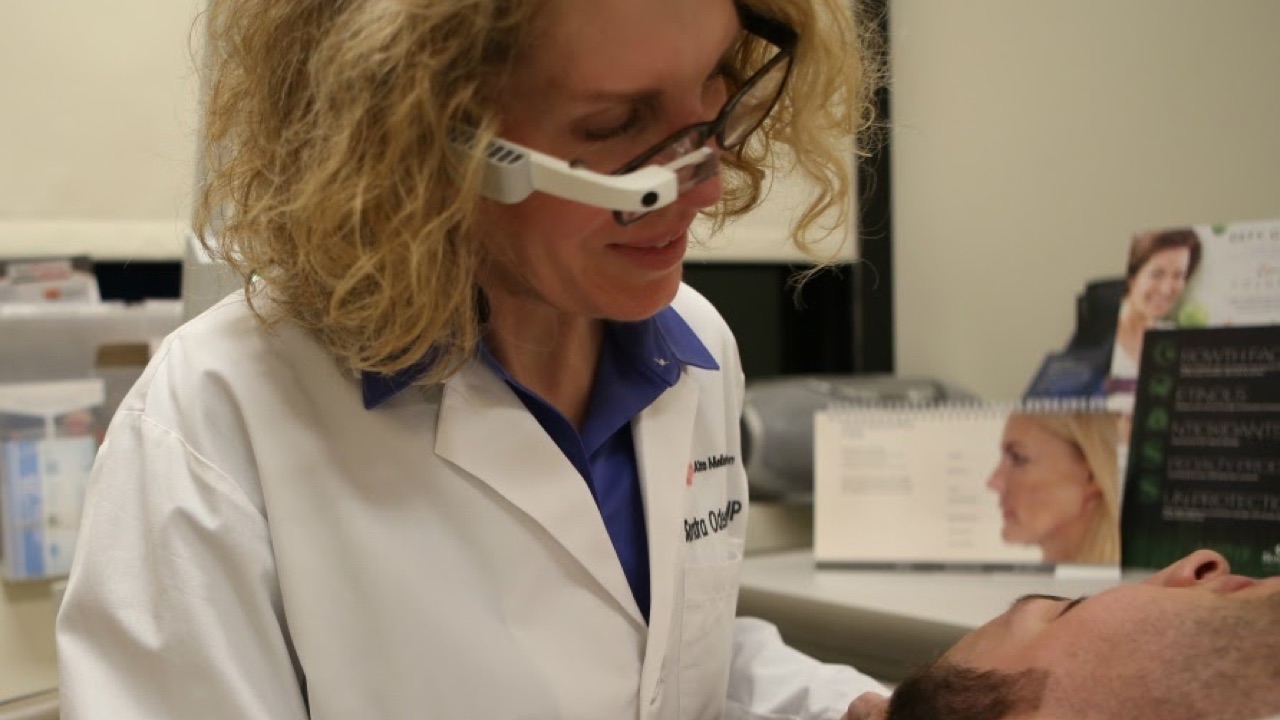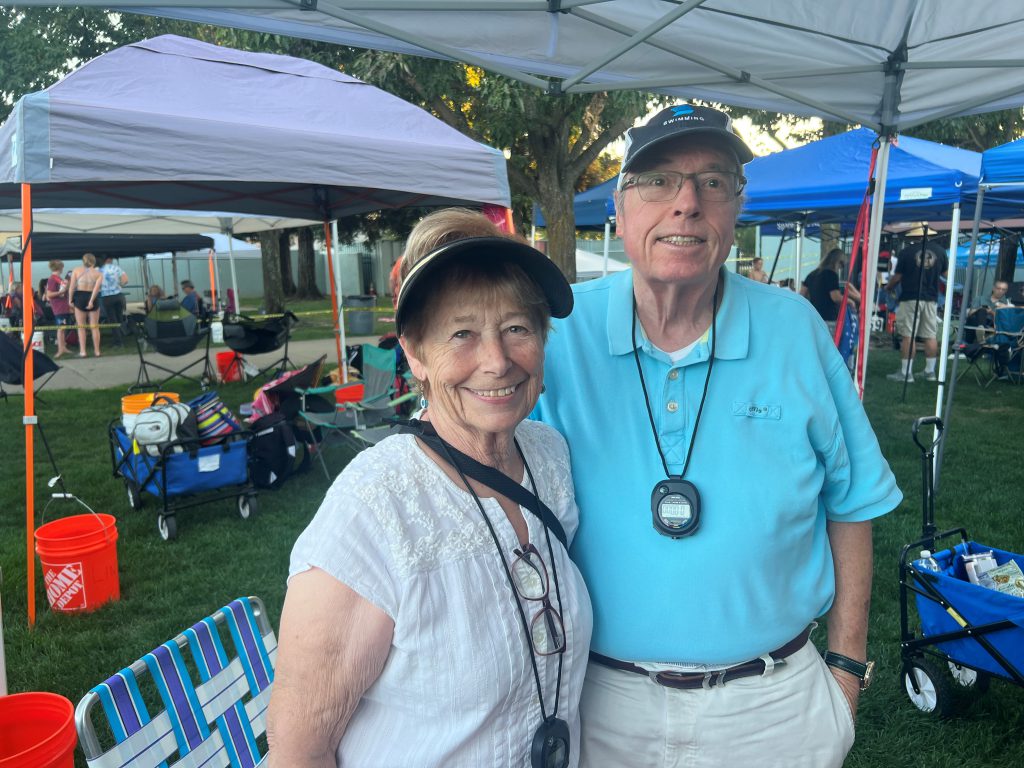Odenheimer S, Goyal D, Jones VG, Rosenblum R, Ho L, Chan AS. Journal of Medical Internet Research. 2018;20(6):e10762.
ABSTRACT:
Background: The ubiquitous use of electronic health records (EHRs) during medical office visits using a computer monitor and keyboard can be distracting and can disrupt patient-health care provider (HCP) nonverbal eye contact cues, which are integral to effective communication. Provider use of a remote medical scribe with face-mounted technology (FMT), such as Google Glass, may preserve patient-HCP communication dynamics in health care settings by allowing providers to maintain direct eye contact with their patients while still having access to the patient’s relevant EHR information. The medical scribe is able to chart patient encounters in real-time working in an offsite location, document the visit directly into EHR, and free HCP to focus only on the patient.
Objective: The purpose of this study was to examine patient perceptions of their interactions with an HCP who used FMT with a remote medical scribe during office visits. This includes an examination of any association between patient privacy and trust in their HCP when FMT is used in the medical office setting.
Methods: For this descriptive, cross-sectional study, a convenience sample of patients was recruited from an outpatient dermatology clinic in Northern California. Participants provided demographic data and completed a 12-item questionnaire to assess their familiarity, comfort, privacy, and perceptions following routine office visits with an HCP where FMT was used to document the clinical encounter. Data were analyzed using appropriate descriptive and inferential statistics.
Results: Over half of the 170 study participants were female (102/170, 59.4%), 60.0% were Caucasian (102/170), 24.1% were Asian (41/170), and 88.8% were college-educated (151/170). Age ranged between 18 and 90 years (mean 50.5, SD 17.4). The majority of participants (118/170, 69.4%) were familiar with FMT, not concerned with privacy issues (132/170, 77.6%), and stated that the use of FMT did not affect their trust in their HCP (139/170, 81.8%). Moreover, participants comfortable with the use of FMT were less likely to be concerned about privacy (P<.001) and participants who trusted their HCP were less likely to be concerned about their HCP using Google Glass (P<.009). Almost one-third of them self-identified as early technology adopters (49/170, 28.8%) and 87% (148/170) preferred their HCP using FMT if it delivered better care.
Conclusions: Our study findings support the patient acceptance of Google Glass use for outpatient dermatology visits. Future research should explore the use of FMT in other areas of health care and strive to include a socioeconomically diverse patient population in study samples.
Keywords: acceptance, clinician burnout, communication, Google Glass, health care provider, patient, remote scribing, trust.





